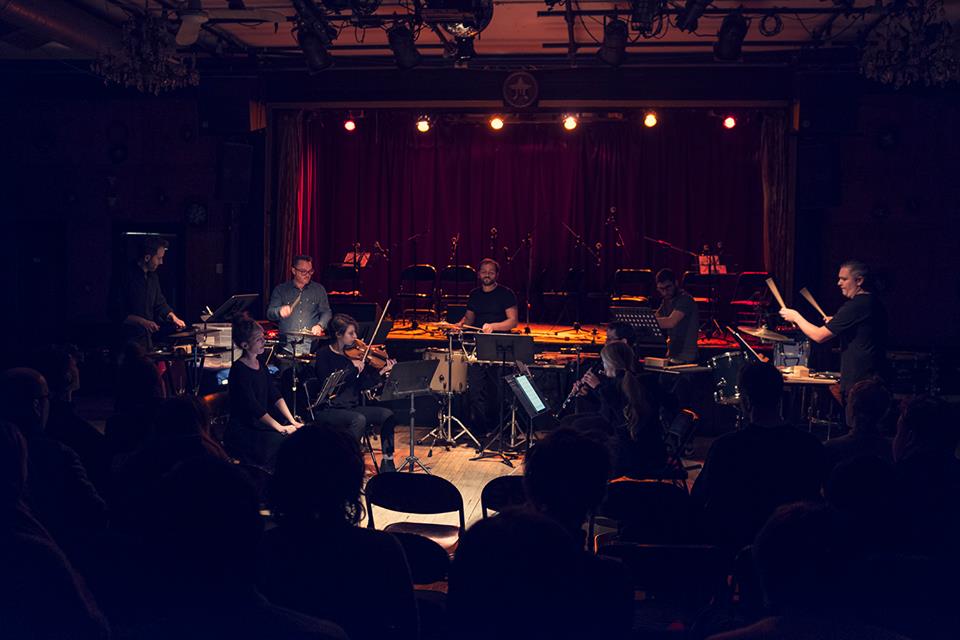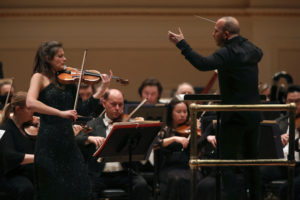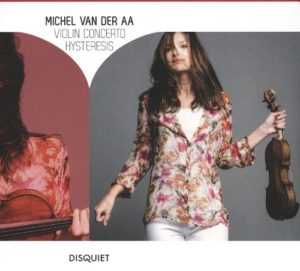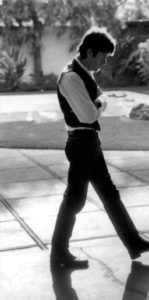Da Capo Chamber Players Perform a Potpourri of American Works
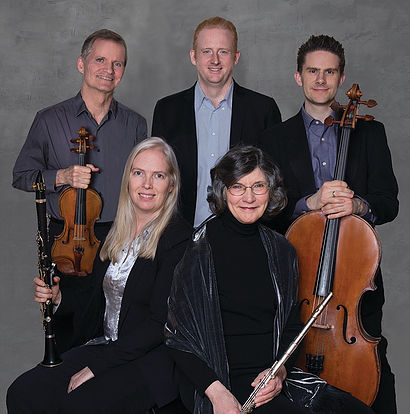
Da Capo Chamber Players
Merkin Concert Hall
June 4, 2018
NEW YORK – Themed programs and portrait concerts are all the rage these days. As such, it is refreshing when an ensemble goes eclectic, presenting a diverse array of music. Such was the case on Monday, June 4th, when Da Capo Chamber Players performed eight pieces by living American composers who write in a plethora of styles. Consisting of violinist Curtis Macomber, cellist Chris Gross, flutist Patricia Spencer, pianist Steven Beck and joined by guest artists soprano Lucy Shelton, clarinetists Marianne Glythfeldt and Carlos Cordeiro, and percussionist Michael Lipsey, the musicians are a formidable cadre of some of New York’s best new music performers. This was handily demonstrated in all of the works on offer at Merkin — how often can you depend on that level of consistency?
Few groups perform the rhythmic patternings of minimalism more assuredly than the Da Capo Players. Here they clearly delineated the differences between various types of ostinatos. Sweet air (1999) by David Lang juxtaposed its repetitions with distressed dissonances, In the sole premiere on the program, Dylan Mattingly’s Ecstasy #3 (2018) presented passages filled with an alt-folk-inflected melody. An arrangement by Robert Moran of Philip Glass’s Modern Love Waltz (1980) may have explored repetition in the most straightforward way of the pieces here, but its fluid playfulness made it a fetching addition to the proceedings.
The modernist wing of composition was represented too. Elliott Carter’s Canon for Four (1984) received an incisive rendition, with the contrapuntal details of the work vividly underscored. Tanoa León’s One Mo’ Time (2016) mixed a varied palette of chromaticism with inflections of gospel and jazz. She is one of the best at allowing these two traditions to coexist in her music in organic fashion. Christopher Cerrone supplied one of the evening’s most imaginative works. Hoyt=Schermerhorn for keyboard mixed a gradual build-up of soft textures that was somewhat indebted to the works of Feldman but through quicker changes of harmony. Over time, effects such as reverb and treble register loops brought the piece from its eighties origins into the twenty-first century. Amalgam (2015) by Taylor Brook, was the concert’s most experimental piece, with the players (and soprano Lucy Shelton) moving from disparate roles to unison playing, then heterophonic treatment of the piece’s melody. Amalgam is a fascinating composition that certainly proved to be a successful experiment for Da Capo.
The concert’s standout was Romancero (1983), for soprano and ensemble, settings of four medieval poems thought to be from the Sephardic Jewish tradition by Mario Davidovsky. Shelton was as expressive as ever and well-matched for the angular challenges posed by Romancero’s post-tonal pitch vocabulary. Her voice ranged from delicately floating pianissimo passages to forceful forte declamations. The instrumental parts are quite demanding as well, reminiscent of the complexly articulate language of Davidovsky’s electroacoustic Synchronisms. Shelton is a frequent collaborator with Da Capo (see a recent video of their rendition of Arnold Schoenberg’s Pierrot Lunaire below), and their association showed in the intricate interplay between voice and instruments: a gem of a performance.
As if to remind us of the celebratory catholicity of taste that bound together the disparate strands of this program, its finale was the brief, yet brilliantly multi-faceted, Encore (1991) by Bruce Adolphe. Composed to celebrate the Da Capo Players’ twentieth anniversary, it has remained a staple of their repertoire. It is hard to believe that the group has now been going for 48 years. Based on the vigor with which they performed at Merkin Hall, the sky’s the limit for their upcoming golden anniversary season.
[youtube https://www.youtube.com/watch?v=Vw-OItKIZMc&w=560&h=315]
